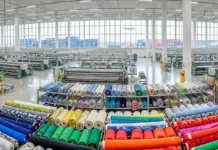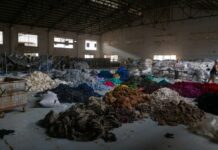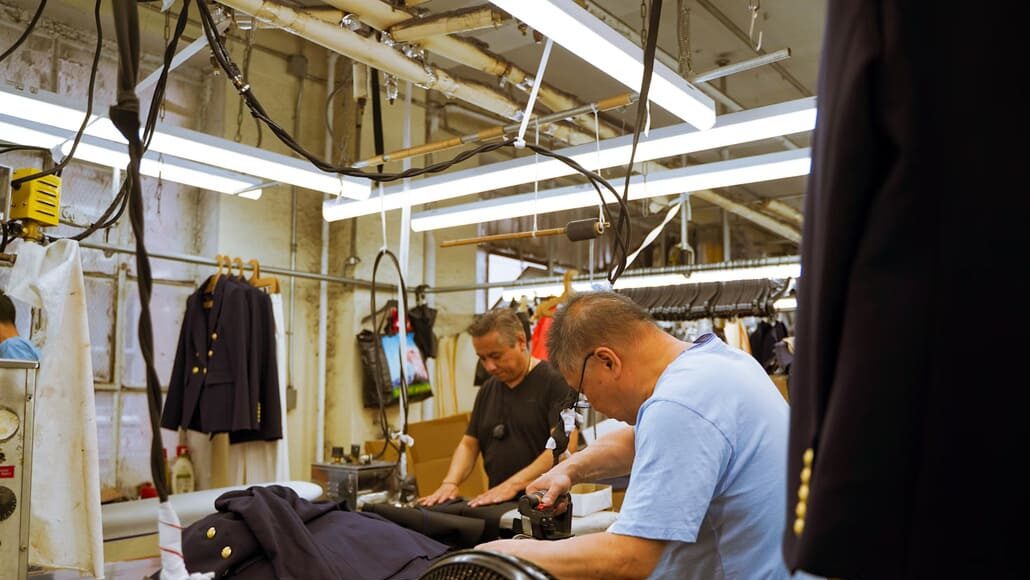The July 2025 US-EU trade deal has fundamentally reshaped the landscape for textile companies engaged in transatlantic trade. While industry giants garner much of the attention, it is the small and medium-sized enterprises (SMEs) that find themselves on the front lines of disruption. With a newly enforced 15% tariff on most EU textile exports to the United States, the resilience and adaptability of SMEs in both regions are put to the test. The central question for 2025: Can small textile firms not only survive but carve out opportunities amid these challenging new conditions?
Understanding the Impact: SMEs Under Pressure
SMEs comprise the backbone of the textile industries in both Europe and the United States. Unlike multinationals, these businesses usually lack the resources, international networks, and capital reserves to absorb sudden market shocks. The US-EU tariff, designed as a compromise to avoid costlier trade escalation, now weighs especially heavy on smaller firms:
-
Rising Costs, Slim Margins: SMEs often operate with limited pricing power and thinner profit margins. The tariff amplifies their costs in US-bound exports, forcing them to either absorb the financial hit or risk pricing themselves out of the American market.
-
Supply Chain Disruption: Many SMEs depend on efficient, predictable supply chains. Tariffs introduce complexity in customs, logistics, and documentation, adding both direct and indirect costs.
-
Market Access Challenges: Smaller European firms, especially those producing high-quality or niche textiles, face losing access to their most lucrative overseas market. For US SMEs relying on European inputs, procurement costs are similarly rising.
Stories from the Ground: European SMEs in Adaptation Mode
Diversifying Export Markets
To compensate for lost competitiveness in the US, many European textile SMEs are rapidly refocusing on alternative markets. Manufacturers from textile hubs in Portugal, Italy, and Spain have accelerated outreach to buyers in Asia, the Middle East, and within the EU’s single market. For niche and luxury companies, enticing stories of heritage and craftsmanship are being leveraged to build customer loyalty in these regions.
Localizing Production
A growing trend among EU SMEs is the exploration of US-based contract manufacturing or joint ventures to bypass tariffs entirely. While resource-intensive, forming local partnerships or investing in small production facilities stateside allows select SMEs to maintain their US footprint, even as direct exports become less viable.
Scaling Digital and Direct-to-Consumer Sales
Digital transformation has gained fresh urgency. E-commerce, aided by digital marketing and online sample catalogues, enables SMEs to reach US consumers directly. Although tariff costs persist, selling to end-customers enables higher margins and builds more resilient, brand-loyal communities.
Emphasizing Value Over Price
Unable to win a price war against mass producers, European SMEs are doubling down on quality, sustainability, and brand stories. Certifications around organic materials, ethical labor practices, and ecological footprint become not just marketing assets but fundamental survival strategies. Buyers in the US receptive to such values may be willing to pay a premium, particularly in luxury and specialty segments.
The US SME Experience: Navigating Protection and Pressure
Gaining Competitive Ground
For US textile SMEs, the new tariff regime provides a long-sought competitive edge over European imports. Domestic brands that previously struggled to match European flair or pricing have a window of opportunity to win back market share. Entrepreneurial firms are expanding product lines, upgrading quality standards, and investing in local branding campaigns emphasizing “Made in USA.”
Facing Higher Input Costs
However, not all US SMEs benefit equally. Those who previously relied on importing European fabrics, yarns, or specialty components now pay more, squeezing budgets and potentially slowing production. Some are pivoting toward alternative international suppliers, but the transition involves risks of disruption and inconsistent quality.
Export Opportunities—and Limitations
With European competitors hobbled by higher costs in the US, some American SMEs are eyeing expansion opportunities beyond their traditional borders. However, reverse tariffs and barriers make Europe a tough market to crack for smaller US enterprises, keeping most focused on domestic recovery and regional growth.
Shared Solutions and Collaborative Models
Despite the challenges, some forward-thinking SMEs on both sides of the Atlantic are demonstrating resilience through innovation and collaboration:
-
Cluster Models: Regional textile clusters share resources and best practices, pooling marketing budgets, negotiating bulk shipping, or sharing technology investments. Such alliances help SMEs punch above their weight when accessing overseas markets.
-
Transatlantic Partnerships: Entering into co-development or co-marketing arrangements with small firms in partner markets—sharing design, technology, or distribution—enables risk-sharing and mutual learning under the new tariff regime.
-
Government and Industry Support: Trade bodies and local governments are recognizing the unique pressures on SMEs, launching financial aid, export accelerators, and market intelligence services tailored to their needs in the wake of the trade deal.
The Road to Resilience: Policy Recommendations
The survival—and future prosperity—of textile SMEs will also depend on responsive policymaking and industry advocacy. Key recommendations include:
-
Targeted Financial Aid: Subsidies or low-interest loans to help SMEs invest in digital transformation, export development, or local US/EU market expansion.
-
Simplified Customs and Documentation: Streamlining bureaucratic requirements for small exporters/importers to reduce the administrative burden.
-
Export Promotion and Training: Government and association-led initiatives to provide SMEs with market insights, trade show access, and digital marketing skills.
Case Studies: SMEs Turning Challenge Into Opportunity
-
A Portuguese Denim Workshop: By forming a production partnership in North Carolina, this SME kept its US contracts intact, even as direct exports shrank.
-
A North Carolina Artisan Firm: With higher demand for local sourcing, this SME used the tariff window to break into premium US retailers that once favored Italian brands.
-
A Spanish Technical Textile Startup: Pivoting to Middle Eastern health and hospitality sectors, this Madrid-based SME rapidly diversified using virtual sales platforms.
Looking Forward: Thriving, Not Just Surviving
The 2025 US-EU trade deal has tested the mettle of small textile firms like never before. The coming year will be a crucible—many will adapt, a few may falter, but the most enterprising SMEs will emerge fitter, more agile, and potentially stronger through strategic innovation and collaboration. Their stories of adaptation today will shape the future vibrancy and global footprint of the textile industry.
Ultimately, thriving amid tariffs demands boldness: finding new partners and markets, embracing digital and sustainable models, and building communities of trust with customers worldwide. SMEs that succeed will prove not only their own resilience, but the enduring entrepreneurial spirit of the textile sector itself.



































